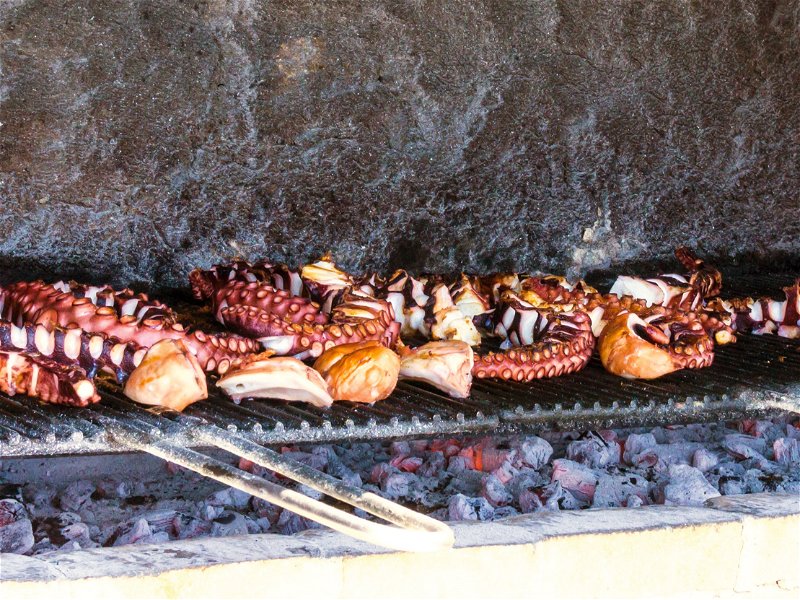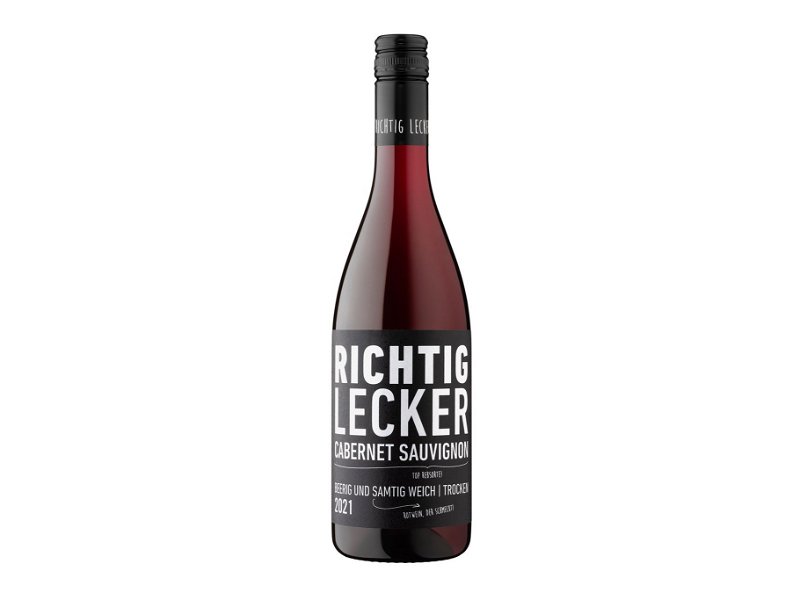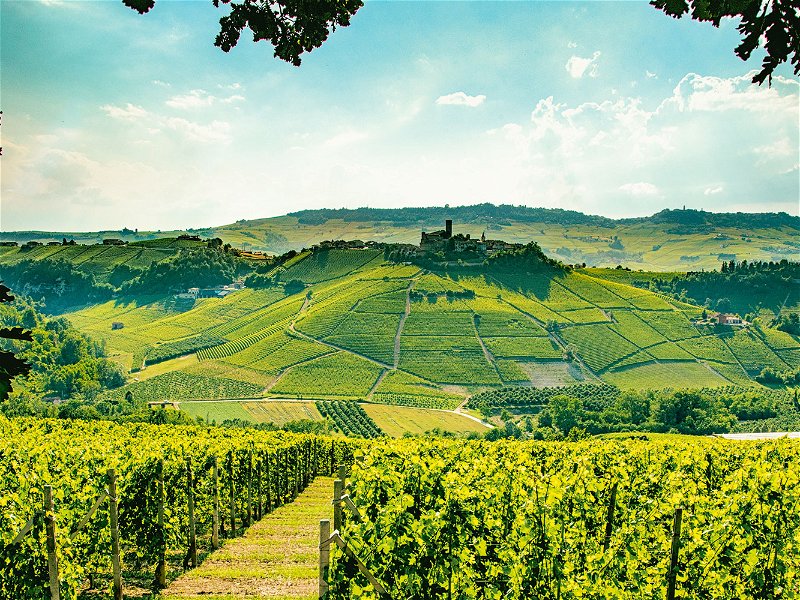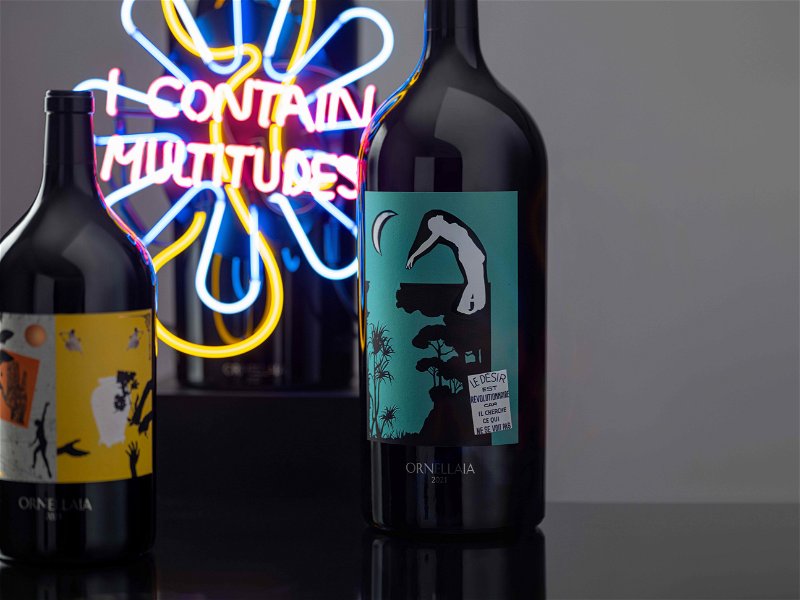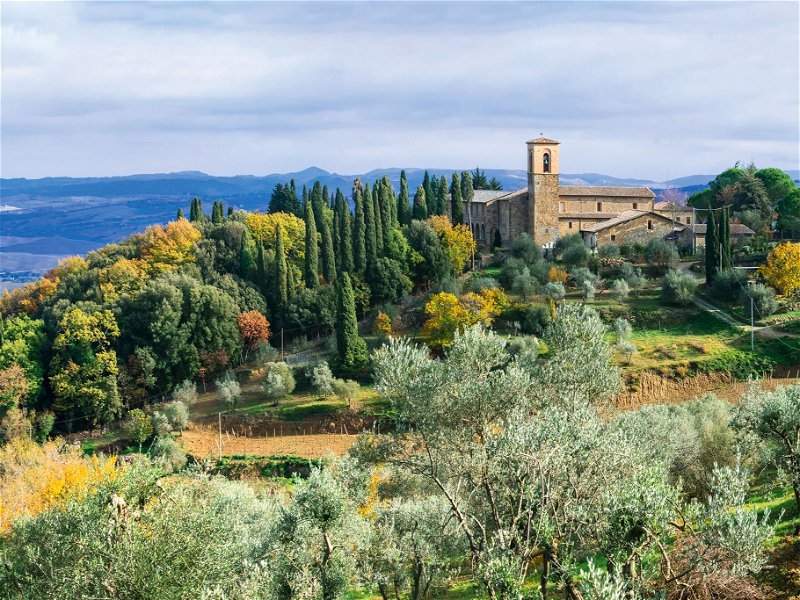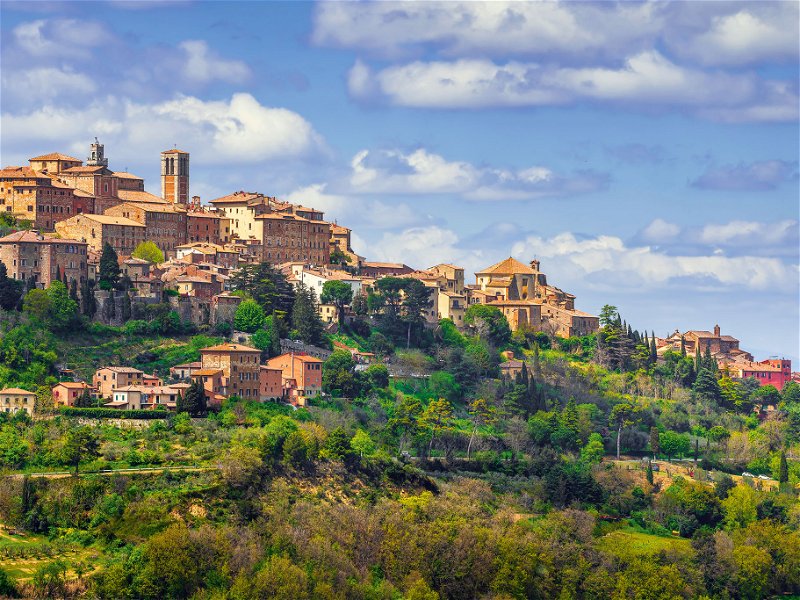Retsina: a classic reborn
Retsina enjoys a bad reputation but definitely deserves a second chance.
If your concept of Retsina is of an old-fashioned, oxidised, flabby house wine reeking of motor oil, you’re not alone. Plenty of holidaymakers have endured painful hangovers after imbibing too much of the grubby taverna stuff back in the 1980s and 90s. Fortunately, horrible industrial Retsina is largely a thing of the past: modern versions are at least clean and crisp.
But more importantly, a new generation of winemakers is reclaiming Greece’s traditional drink – with a vengeance. Starting with Gaia’s pioneering Ritinitis Nobilis, a wave of reimagined Retsinas offering vibrant Mediterranean freshness, focused resin aroma and flavour (in much-reduced quantities), and excellent contemporary character.
The door to Retsina’s bright present and future was opened with two keys, the first being to use high-quality base wine. In the past, bulk blends of high-yielding Savatiano and Roditis lent a heavy, phenolic, often oxidised character to Retsina. Then Gaia started sourcing their Roditis from mountain vineyards in Egialia, to stunning effect. Macedonian producer Kechris went further with their trendsetting Tear of the Pine, using a premium oaked Assyrtiko, Greece’s most fashionable and arguably most serious grape. This opened a whole new landscape of flavours after the resin addition (Kechris continues experimenting, now making a sparkling and rosé Retsina as well).
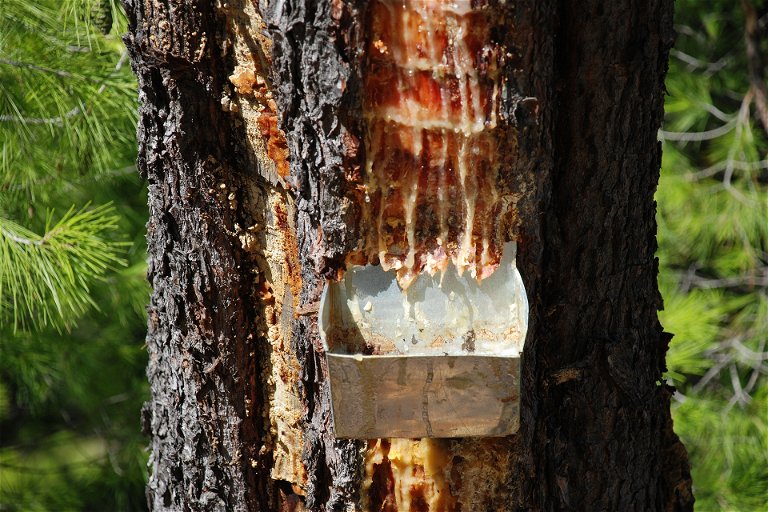
The second pivotal change was rethinking the additive. The resin of the Mediterranean Aleppo pine can be a great traditional artisanal product, if sourced from true experts like Charis Stouraitis from the Kouvará village, who now supplies many Attica producers. The buttery semi-solid resin paste that is added in a cotton cloth (think of a teabag) to fermenting wine has a beautifully pure, cleansing aroma reminiscent of walking in a pine forest on a summer evening. You will find the same sensation in the new premium Retsinas that are now making waves on the Greek and international markets.
This quality revolution has come at the right time. Traditional recipes such as Retsina, invented by the Ancient Greeks who preserved their amphora wines with a film of resin or resined lids, are back in fashion. They are now at the core of identity agriculture throughout Europe, a notion nurtured especially strongly in Attica, Retsina’s traditional home. Here it was customary well into the 1970s for every taverna to ferment their own wine from purchased grapes and sell it directly from the barrel. Urban and suburban establishments earned their reputation according to the quality of their wine, and the best grew a wholesale business as well. Some survivors of this tradition are now part of the leading quality wineries in Attica, including Papagiannakos, Mylonas, and Markou. They have been joined in the last decade by new projects such as Aoton.
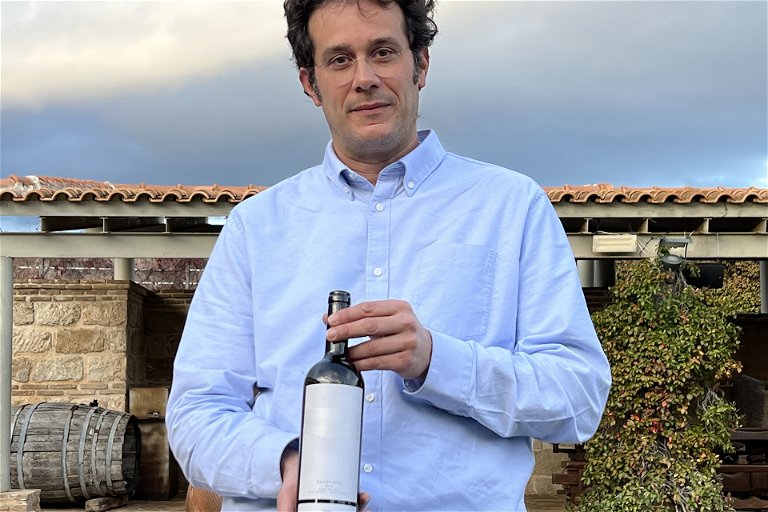
Their pure, vibrant wines are a marvellous accompaniment to traditional Greek cuisine, with its strong garlicky and herby flavours and abundance of vegetable and fish umami. These characterful foods need strongly-flavoured wines, and modern Retsina fits the bill better than anything. It can also adhere to the current fashion for botanical flavours in drinks, fuelled by craft gins and tequilas around the world, potentially attracting new drinkers to the world of wine. Retsina can be equally at ease in wine cocktails: just try a dry gin martini with Retsina instead of vermouth …
Retsina might not be fermented at the tavernas anymore, but it has regained its status at the centre of Greek culinary identity, with a unique story and flavour. Give it a second chance.
Nine modern Retsinas to try
Troupis Pitys Ritinitis 2021
The new kid on the Retsina block, gatecrashing into an impressive second spot at the 50 Great Greek Wines competition in 2022. You only need one sip to understand the appeal: this Retsina is built on a crystal-clear, uber-fresh Assyrtiko with electrifying green energy, into which the subtle, qualitative notes of pine cones blend logically and harmoniously. Utterly delicious. 93
Kechris Retsina Tear of the Pine 2021
The Kechris family shocked the Greek wine scene when they added pine resin to an oak-aged Assyrtiko. The juxtaposition of cleansing botanical flavour and a ripe, fleshy, concentrated, toasted base wine was unexpected and counterintuitive. After several successful vintages, it is now also clearly delicious, with enticing richness of texture and phenomenal affinity with food. 91
Aoton Retsina of Mesogia 2020
Sotiris Ginis is a champion of the Savatiano grape, which he harvests later than others for complete ripeness. Consequently, the Aoton wines have a broader, milkier mouthfeel with terrific complexity and ageing potential. The Retsina version is one of a kind, with toasted bread, wax, wet wool and a subtle hint of refreshing pine needle. Begs for oily, garlicky food. 90
Gaia Ritinitis Nobilis
This was the original 'premium Retsina' to hit the market back in 1996. And it is still a trendsetter with its high-quality mountain-grown Roditis base wine and the very subtle botanical profile, more akin to pine needles than the oily, mouth-coating resin present in other Retsinas. Some will love it for its purity, others will criticise it for not being enough 'retsina-like' – exactly like 25 years ago. 90
Mylonas Retsina of Attica 2021
Stamatis Mylonas is Attica’s most consistent quality producer and his best-selling Retsina always delivers. The blast of pine resin on the first nose is more intense than other modern examples, but the whole is kept clean as a whistle, with brilliant quality of fruit. 90

Georgas Retsina of Mesogia Black Label 2021
From Attica’s leading natural wine producer, this Retsina has minimal to zero SO2 depending on the target market and offers a traditional take on the Savatiano grape with its broad, toasted, slightly alkaline mouthfeel, blending well with the pine resin sourced from a local farmer. 89
Papagiannakos Retsina 2022
The Papagiannakos family can be credited for saving many old Savatiano vineyards from uprooting, and their modern range is greatly likeable, including this vibrant, refreshing, minimally-resinated Retsina. Great summer wine. 89

Gikas Retsina Pine Forest 2021
Atypically for Attica, this Retsina is based on Assyrtiko, a seriously concentrated, intense example at that. The pine resin element is kept very much in the background, so it is a great pick-me-up for those new to the style. Just order some meze. 88
Tetramythos Retsina Natur
Tetramythos is Greece’s leading producer of natural wines. Their high-perched Roditis vineyards in Patras provide a strong lemony, zesty backbone to a very clean, polished wine with the slightest touch of resiny character. With medium intensity, this is a dangerously drinkable example. 88


